Sticking to a home’s essential elements will help you create a more salable product.
Designing a house for investment purposes must be planned well. Every interior element must be purposefully selected to create a balance with the home’s exterior features; in other words, the home must be designed from the outside-in.
Although our personal likes and dislikes can influence the selection process, it is imperative for the sake of any investment that our choices stay true to the home’s overall style. Whether your next investment is a flip, renovation or a new build, designing a house from the outside-in is a must.
Designing your next project with this approach will help it sell faster and for more money because the home will feel professionally designed and well thought out.
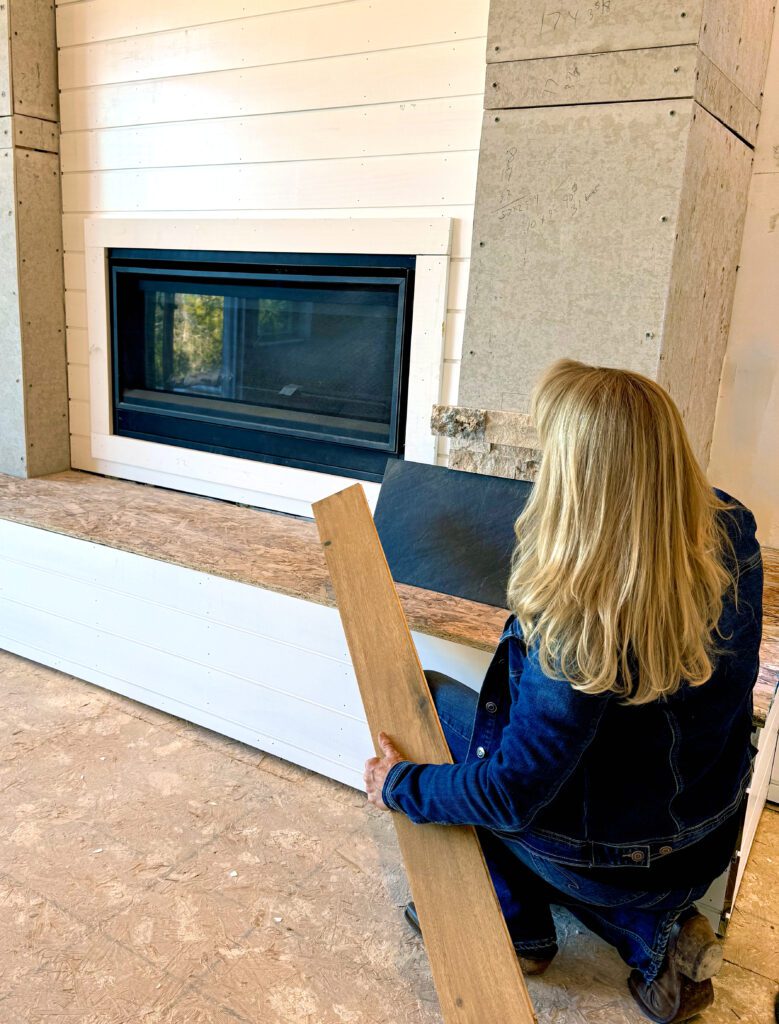
Educate Yourself
After deciding the style of house you are building or renovating, educate yourself on the origin of the style. Doing so will help you better understand the “why’s” and the “what’s” when it comes to interior material selection.
Rather than tackle every style, let’s use the modern farmhouse as an example.
The modern farmhouse style was largely credited to Chip and Joanna Gaines and their highly successful television show “Fixer Upper.” Many of today’s design elements for the modern farmhouse were largely inspired by the Gaines’ personal home, which is a farmhouse built in the late 1800s.
Home Styles’ Essential Elements
Every style of house, including modern farmhouse, is defined by specific essential elements that help create a required character for that style, which buyers expect to see (sidebar at right). For example, picture yourself walking up to a Spanish-style building that you believe is a Mexican restaurant serving Mexican food, only to discover an interior with an Italian theme and an Italian menu. Although this may be an extreme example, designing a house without sticking to its essential elements can lead to buyer confusion.
Essential elements are the basics for any visual design, defining its structure and conveying a visual message. Each essential element is derived from lines, shapes, forms, space, textures, tone, and colors.
Including specific essentials elements into a home gives it a more cohesive feel and helps to create a “flow” between the exterior and the interior. A cohesive design ties together different spaces to produce a unified feel and look that enhances the aesthetic appeal of the home. Because homes are to be lived in, creating comfort in the design is a must. A home should convey mental comfort as well as physical comfort. The only way to achieve that is to design the home from the outside-in.
As you design, always remember to keep a buyer engaged after they view the home’s stunning interior by helping them feel comfortable inside the home too. Using the correct essential elements for each style house will help buyers make a mental connection that tells them the home’s design feels “right”—it will feel calm, well thought out, and flow better. When a home lacks the proper essential elements, it will feel off balance visually and uncomfortable. Using essential elements that coincide with the hone’s exterior style helps ensure the home feels harmonious.
Using a modern farmhouse again as an example, essential elements such as open shelving, shiplap, natural materials, apron sinks, shaker cabinets, natural colors, vintage elements, and board and batten all hold uphold the original farmhouse style. Incorporating these elements into a newly built farmhouse structure gives the new home a vintage feel and reminds the buyer of days gone by when older farmhouses were common. Incorporating shiplaps and board and batten into the interior design make the home feel even more true to character as you bring the outside materials of this home inside.
Adding layers of a modern design to the home (e.g., an open floor plan) helps create the modern feel needed. Incorporating more modern elements such as black and gold metal finishes, various textures, and furniture designed with clean lines helps to create today’s modern farmhouse. For a modern farmhouse design to be successful, you need a perfect balance between vintage and modern elements. Again, keep in mind that the history behind the modern farmhouse design came out of updating and modernizing old farmhouses. Taking the modern design too far risks losing the charm and vintage feel that is expected in a modern farmhouse—and vice versa.
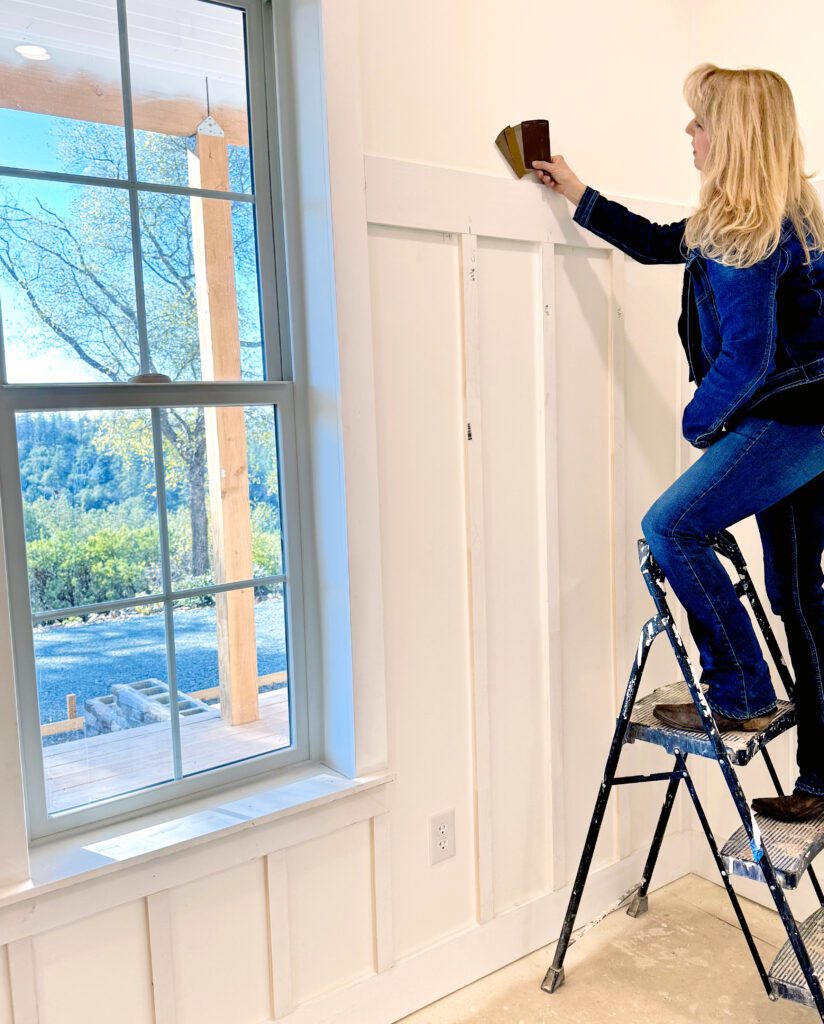
Don’t Force—Stay on Course
Sticking to the essential elements of a home’s style will help you create homes that feel “right” to buyers. With the average viewing time for a buyer being around 15 minutes for a 2,500-square-foot house, your window of opportunity to secure a buyer is short. Don’t give buyers the opportunity to question the home’s design or make them feel uncomfortable in an unbalanced home.
Educating yourself about a home’s history and background before the start of any new project will prevent you from making substantial financial mistakes as well. Your project will go faster and smoother and be more enjoyable. Creating a home from the outside-in is easy when you apply the essential elements specific home styles require.


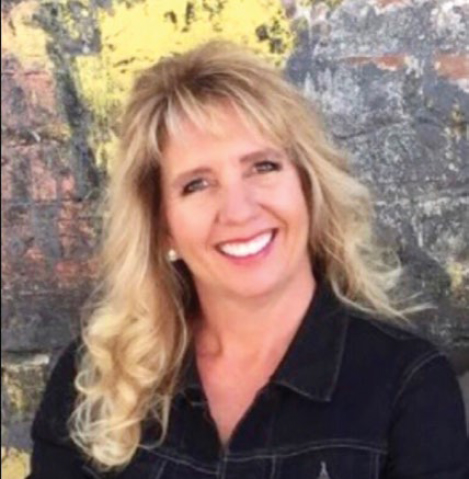

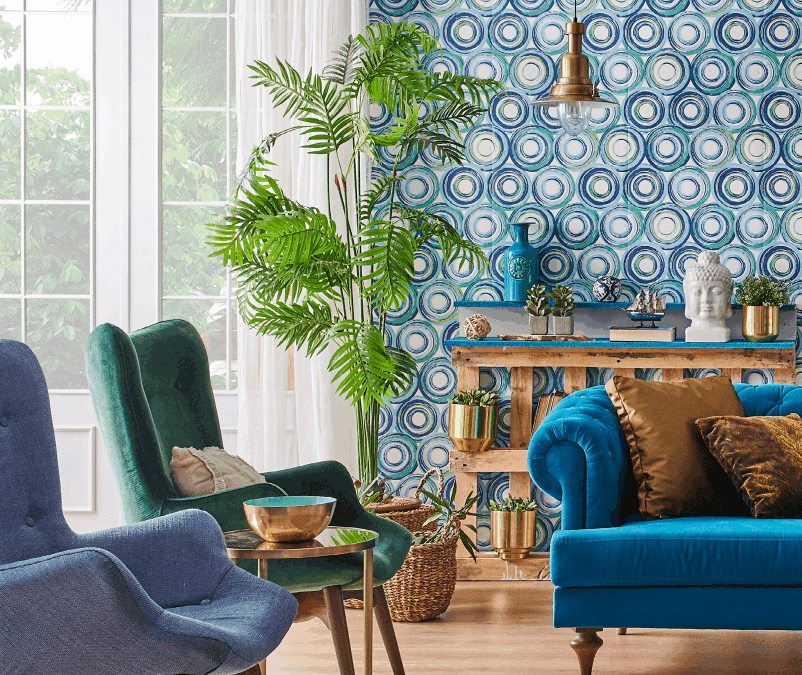


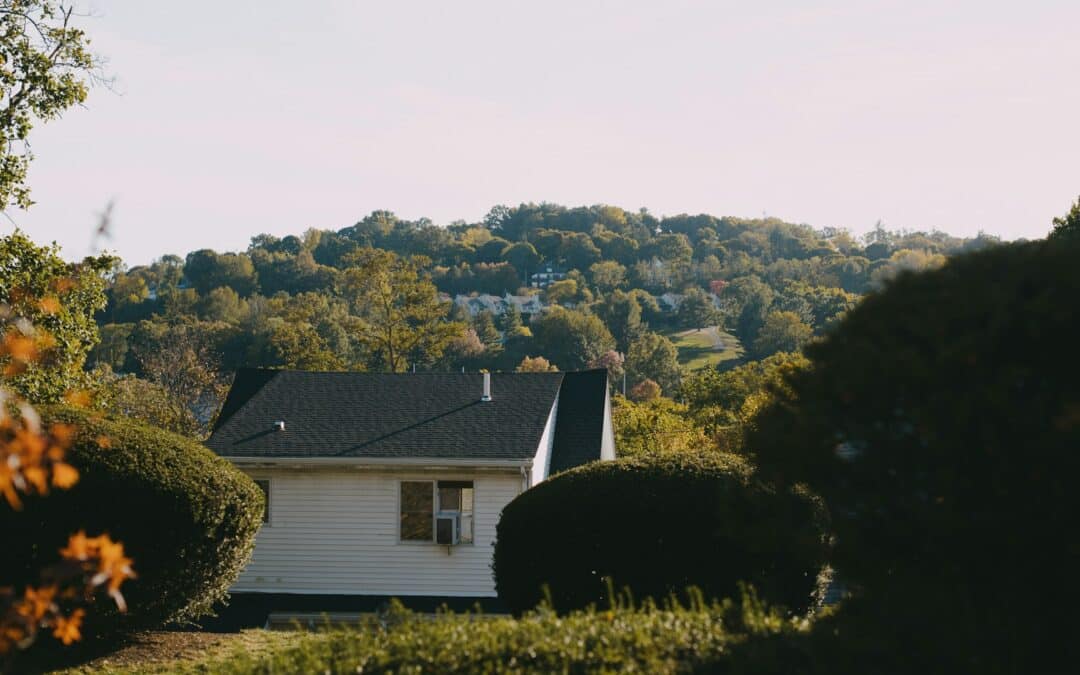


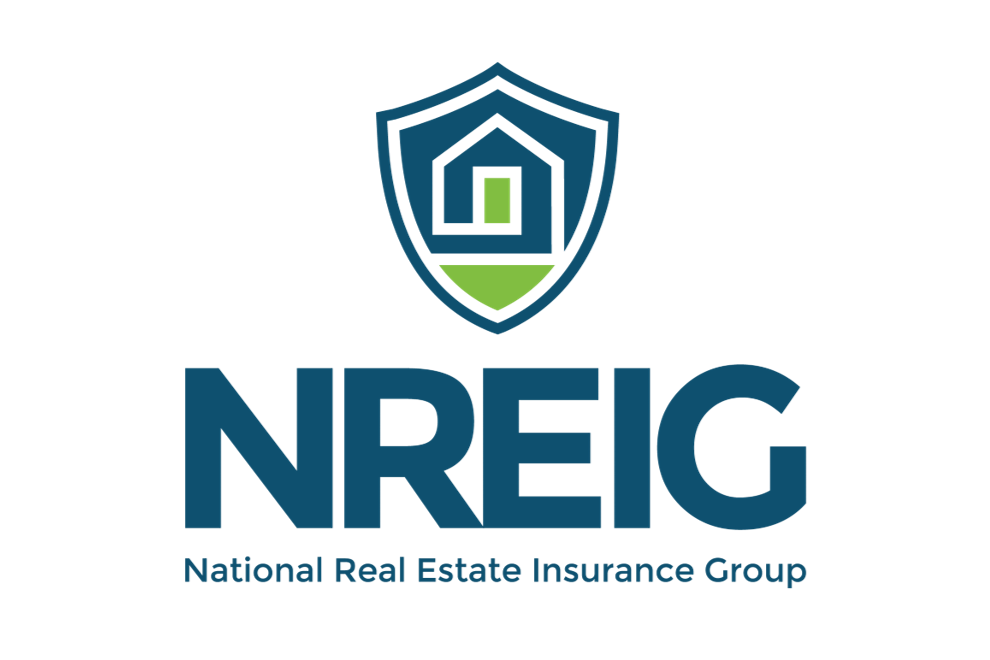



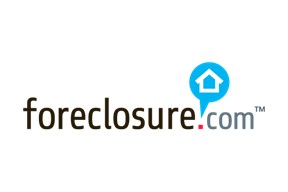
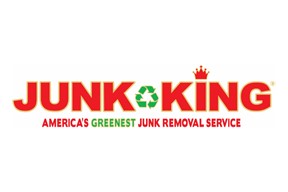



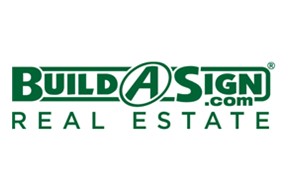


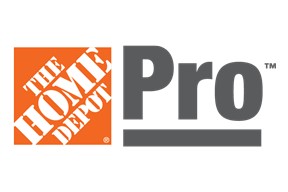

0 Comments